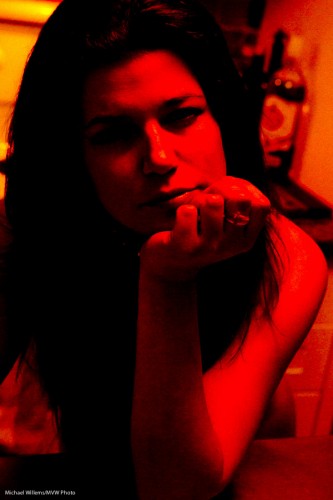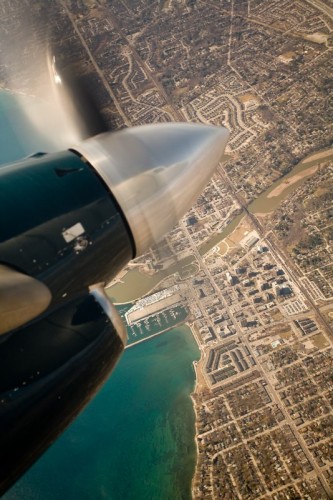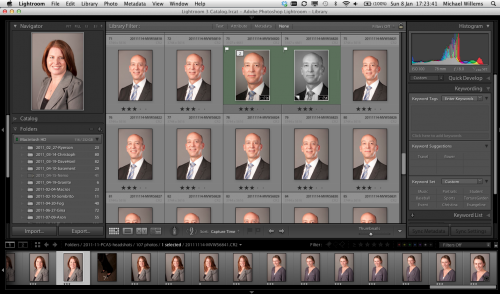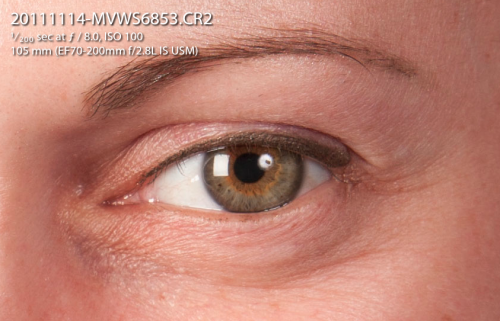Fellow blogger Trey Ratcliff has stirred up a hornet’s nest by saying (and I paraphrase) that “the end of the DSLR is coming.. compact cameras are the future“.
A controversy – yummy! So to guide my readers though it, I thought I would add my view on that today.
Yes, a DSLR is big. Like my 1D Mk4:
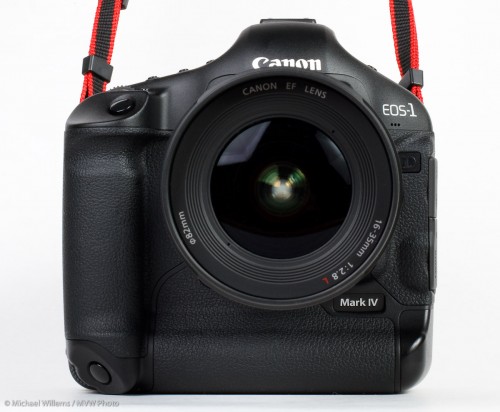
Weighs a ton. It is also heavy, expensive, and noisy (remember the classic concert I recently shot part with the silent Fuji X100)? So those are drawbacks. They are expensive, another drawback. And above all, a DSLR has a flipping mirror – a mechanism dating back to the 1930s, that seems rather primitive today.
So it stands to reason that the flipping mirror mechanism will eventually be replaced by something new. And there are great compact mirrorless cameras like my X100. And these new cameras are light, small, and have big sensors, meaning SLR-like quality. That far, I go along with Trey. Here’s my Fuji X100:
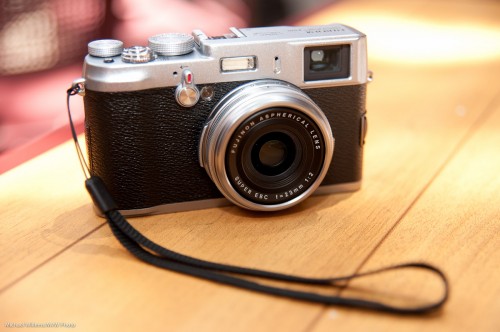
But I go along with Trey only that far, and not an inch farther.
First of all – let’s parse what people mean when they say “DSLR”. They often just mean “complicated big heavy cameras”.
Well, these are definitely not about to go away. For many reasons.
- Big is often better! A bit of bulk adds stability. It adds space for multiple memory cards, big screens, big battery, heavy camera-mounted speedlites, big lenses, and many buttons.
- Bulk also adds credibility: at a wedding, people who do not know photography think “bigger is better”, and since I charge commercial prices, a shorthand way to indicate why I am worth those prices is good. If I shoot with a Rebel, let alone a compact, people might think I am Uncle Fred.
- The ability to write to two memory cards at once is paramount for any pro shoot I do. I cannot afford to lose images during a shoot, ever: that’s why people pay me.
- “Lots of buttons” is sometimes seen as a drawback – but it is of course the opposite. I have all my common controls available under a simple button. On these new “compact cameras”, you need to use the camera’s menus, on-screen controls, or other inconvenient and slow ways to access the same control. Not good enough for pro shoots!
So big heavy cameras are here to stay. That takes a lot of wind out of the sails of those who say the DSLR is dead.
Whether large or small, SLRs have advantages:
- No, or very little, power is taken by the viewfinder.
- The focus system on an SLR, with its built-in dedicated focus sensors, still outperforms a mirrorless camera.
- An SLR gives you the ability to use an amazing range of lenses. These will not likely be available soon for small compact cameras (and even if they are, imagine putting a 70-200 f/2.8 lens on a tiny camera).
But is the flipping mirror mechanism dead? There, I can go along – it will no doubt eventually disappear. The clear trend in technology is for moving parts to be replaced by electronics and other non-moving solutions, so this needs no Einstein.
So I suppose my view on this is the following:
- The mirror will eventually go away, but is not yet dead. It is still overall the best way to do it. After all, mirrorless camera have drawbacks too – like their constant use of power, the lack of dedicated focus sensors, the need to keep the sensor powered up, and the ease of letting dust in. Translucent mirror cameras share some of these drawbacks as well. I think we are looking at 5 years or more until we see a real shift away from flipping mirror cameras.
- Large (if you will, “professional”) cameras will definitely not go away.
There you have it. Feel confident buying a DLSR for now; only buy a compact camera if its advantages outweigh its drawbacks.

